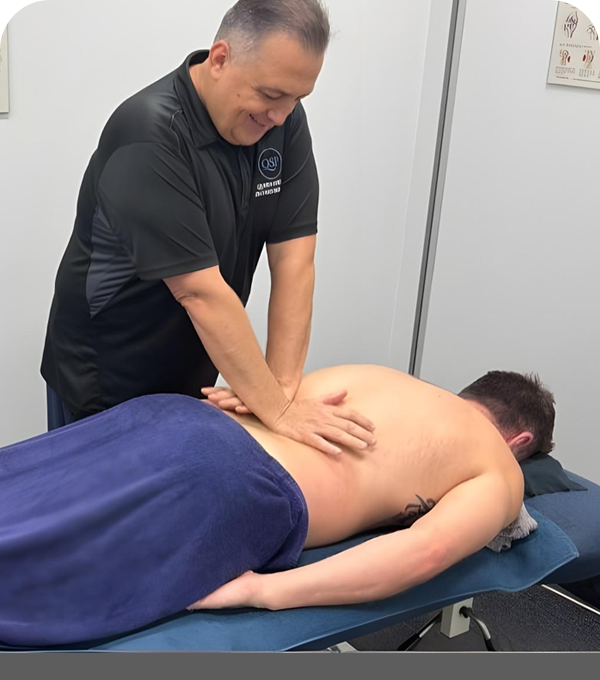

Dizziness

Feeling dizzy? You Could Have a Vestibular Disorder
Do you experience dizziness? Perhaps when rolling into or over in bed, or turning your head to one side?
Dizziness can be more than dehydration, a big night out, or a compulsion to spin in circles on your office chair. It can be a symptom of asymmetry in your body’s sensory systems.
The most common condition that causes dizziness is benign paroxysmal positional vertigo, or BPPV. The brain has three main mechanisms for perceiving how we interact with the environment around us. These are the visual, proprioceptive, and vestibular systems.
The visual system is self-explanatory. The proprioceptive system is a network of nerves in all of your muscles and joints that relay information about the position of those muscles and joints back to the brain. It is how you can close your eyes and still accurately position your arms and legs in different poses.
The vestibular system is located in your inner ear and is used to identify the position and movement of the head in space. This is the system commonly linked to dizziness and vertigo.
The vestibular system is made up of three perpendicular fluid filled canals in each ear, which relate roughly to the planes of movement.
These canals each have sensory nerves at one end that are made up of crystals resting on fine hairs. When you turn your head, the fluid moves through the canals and pushes on the crystals. This causes the hairs to move and stimulates the nerves.
Your response in each ear should be equal and opposite, and work in tandem with your visual and proprioceptive systems. If things are not working in tandem, then dizziness, vertigo (room spinning), or nausea may result.
Have you ever felt nauseated in a car, or on a boat? This is because your vestibular system recognises that your head is moving but according to your eyes, you are still or moving a different way.
Someone may have suggested looking out the window or finding the horizon. This is great advice as fixating on something which the car or boat is moving relative to, provides a visual reference point and reduces or eliminates the disagreement between the visual and vestibular system.
In patients suffering BPPV, a similar disagreement occurs but it is completely internal. It occurs when crystals in one ear canal become dislodged from the hairs and drift down into the canal. This can happen as a result of trauma but is just as frequently unrelated to any incident.
When the head is turned, the nerve stimulation in one ear is different to the other and a combination of dizziness, vertigo, and nausea can result.
Generally, this resolves in seconds, or in more severe cases last up to two minutes. Usually only one canal will be affected at a time so symptoms are commonly worse to one side, and occur most severely in a single plane of movement.
If you are dizzy due to asymmetry, then your physiotherapist can assess and treat it. Assessment of specific movements can isolate which ear and which canal is causing the problem and treatment involves techniques designed to use gravity and inertia to relocate the crystals back to where they belong at the end of the canal.
Soon the only dizziness you will feel will be after that long night out or when taking in some of the theme park rides down at the Gold Coast.

